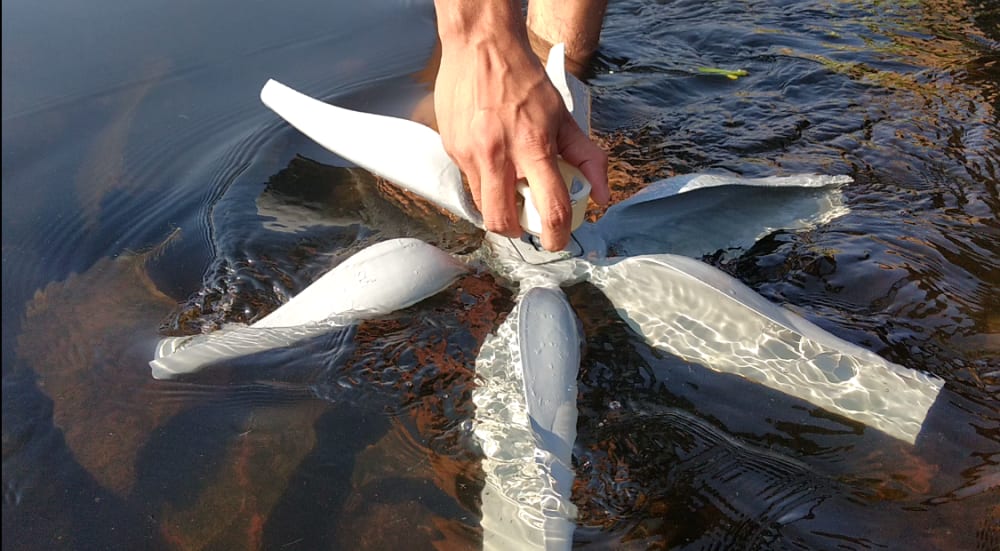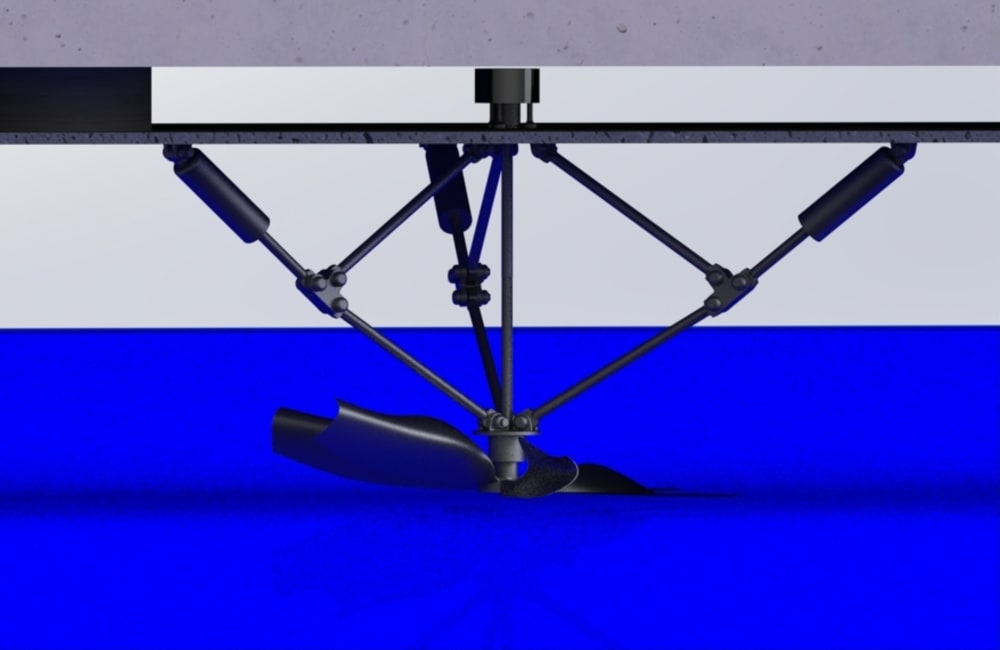Environmental concerns, particularly global warming and the depletion of natural resources have escalated due to the sustained use of fossil fuels during industrialization. Mitigating these issues requires sustainable energy solutions. Water turbines present a promising avenue for generating electricity, leveraging the abundant and renewable resource of water. However, existing designs often face challenges such as high initial costs, the need for dams, and limited adaptability to varying water levels. This product proposes a novel water turbine design aimed at addressing these limitations and optimizing energy production.
The primary objective of this product is to design and optimize a water turbine that can efficiently harness energy from water flow without the need for a dam. By overcoming the constraints of traditional turbine designs, this innovative approach seeks to enable small and large-scale energy production in diverse environments, including rivers, oceans, and under bridges.
The proposed water turbine design diverges from conventional vertical axis turbines by eliminating the requirement for a dam and incorporating a mechanism for adjusting blade height to accommodate varying water levels. Unlike horizontal axis turbines, which lack practical mechanisms for adjusting blades, this design optimizes blade shape to minimize unwanted drag and maximize power generation.
Dam-Free Operation: Unlike traditional water turbines, which necessitate dam construction, this design operates freely within the water flow, reducing setup costs and environmental impact.
Adaptability: The turbine can be deployed in various water environments, including rivers, oceans, and under bridges, accommodating changes in water flow direction and level.
Blade Optimization: The design emphasizes the optimization of blade shape to enhance power generation efficiency and minimize unwanted drag, resulting in improved overall performance.
Height Adjustment Mechanism: A mechanism for adjusting blade height enables the turbine to function effectively in fluctuating water levels, ensuring consistent energy production.
Methodology:
The product employs advanced analysis software to refine and optimize the turbine design. Computational fluid dynamics (CFD) simulations will be utilized to evaluate the performance of different blade shapes and configurations, aiming to minimize drag and maximize power output. Prototyping and testing will validate the effectiveness of the proposed design under various operating conditions.
The development of a cost-effective, adaptable, and efficient water turbine holds significant implications for sustainable energy production. By harnessing the abundant resource of water without the need for dams, this technology offers a viable alternative to fossil fuels, mitigating environmental impact and contributing to global efforts to combat climate change.
In conclusion, the proposed water turbine design presents a promising solution to the challenges associated with traditional turbine systems. By leveraging innovative engineering principles and advanced analysis techniques, this product aims to optimize energy production from water resources while minimizing environmental impact. Through collaborative research and development efforts, the realization of this design has the potential to revolutionize sustainable energy generation and advance global environmental goals.
This product embodies a crucial step towards a more sustainable future, where renewable energy sources play a central role in meeting the world's growing energy needs while mitigating the impact of climate change.
Video
Like this entry?
-
About the Entrant
- Name:Shivam Mishra
- Type of entry:individual








